Part of the Prime.sg Ecotourism Series
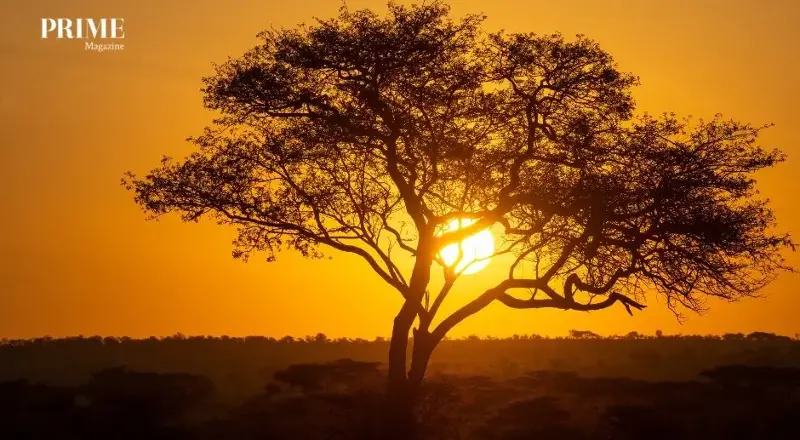
Sunset Serengeti, Serengeti National Park, Tanzania
When people dream of the African savannah, they often picture endless golden plains, acacia trees and herds of animals on the move. That image is real — and you will find it in Tanzania. Home to world-famous parks like Serengeti and Ngorongoro, as well as quieter reserves in the south and west, the country is a powerhouse of wildlife conservation. Over a quarter of its land is protected, making Tanzania ecotourism one of the most important examples of nature-based travel in the world.
This guide explains what makes Tanzania special, how its major safari circuits work, and how to enjoy an unforgettable safari while travelling responsibly.
Why Tanzania Ecotourism Is So Important
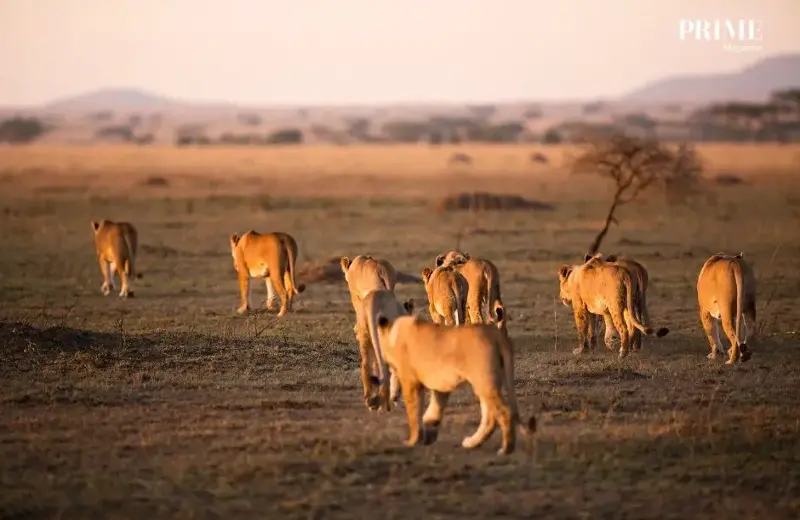
Lion pride walking in Serengeti
Tanzania has designated around 25% of its land for conservation, including national parks, game reserves and conservation areas. These protected zones safeguard some of the largest wildlife populations on Earth — lions, elephants, rhinos, giraffes, zebras, wildebeest and many more species.
Tanzania ecotourism supports:
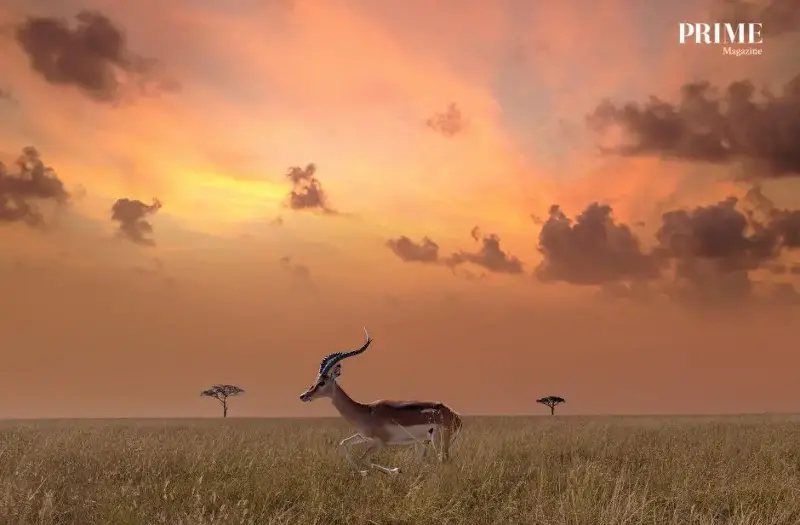
Serengeti Sunset
-
Wildlife protection and anti-poaching efforts
-
Habitat conservation
-
Community development and employment
-
Education and healthcare in rural areas
Park fees, conservation levies and income from lodges and camps help fund these efforts. When travellers choose responsible operators, tourism becomes a powerful tool for both environmental and social good.
Understanding Tanzania’s Main Safari Circuits

Sunset Serengeti National Park, Tanzania
To plan a trip and practise Tanzania ecotourism, it helps to understand the three main safari “circuits”:
-
Northern Circuit
-
Southern Circuit
-
Western Circuit
Each circuit offers a different experience, crowd level and style of safari.
1. Northern Circuit: Serengeti, Ngorongoro and Beyond
The Northern Circuit is the most famous and popular, thanks to iconic parks that often appear in documentaries and nature films.
Serengeti National Park

Wild African zebras in the Serengeti National Park. Wild life of Africa.
Serengeti is one of the world’s best-known wildlife parks, and a symbol of Tanzania ecotourism. It is famous for:
-
The Great Migration of wildebeest and zebras
-
Large lion, cheetah and hyena populations
-
Wide open plains ideal for game viewing
-
Birdlife, including ostriches and many raptors

Tanzania Safari
The Great Migration, involving over a million animals, is one of nature’s greatest spectacles. It follows a rough annual cycle, with herds moving in response to rain and fresh grass. Many travellers plan their trips around these migration patterns.
Ngorongoro Conservation Area
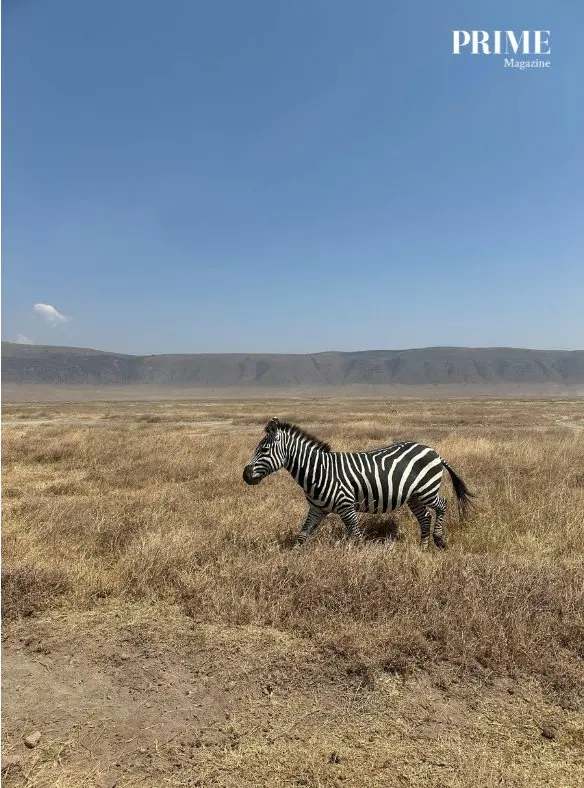
Zebra Walking in Ngorongoro Crater Tanzania
Just a few hours’ drive from Serengeti, Ngorongoro Conservation Area is home to the spectacular Ngorongoro Crater — the world’s largest inactive, intact volcanic caldera.
Inside the crater, you may encounter:
-
Lions, zebras, buffaloes and elephants
-
Flamingos on seasonal lakes
-
Endangered black rhinos
Ngorongoro is a prime example of Tanzania ecotourism in action, where wildlife conservation coexists with Maasai communities who live on the surrounding highlands.
2. Southern Circuit: Ruaha, Nyerere and the Quiet Wilderness
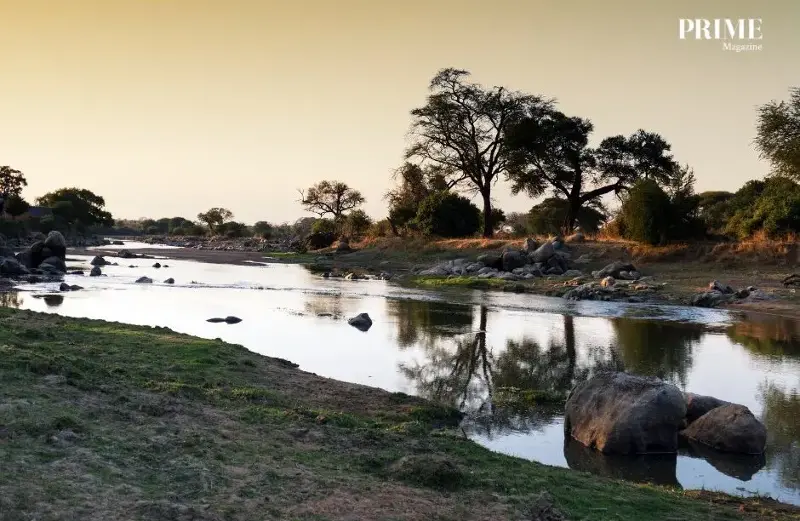
Great Ruaha River in Ruaha National Park,Tanzania
The Southern Circuit is less visited but highly rewarding, with fewer vehicles and a more remote feel.
Ruaha National Park
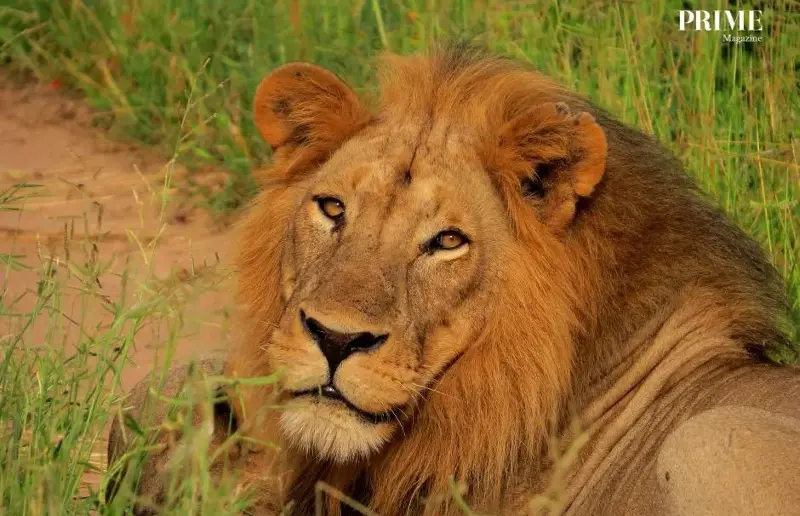
Male Lion Resting in the Ruaha National Park
Ruaha is Tanzania’s largest national park and known for:
-
Big elephant herds
-
Large lion prides
-
Beautiful baobab-dotted landscapes
Because it sees fewer tourists, you may enjoy long game drives with very few other vehicles around.
Nyerere National Park (formerly part of Selous Game Reserve)
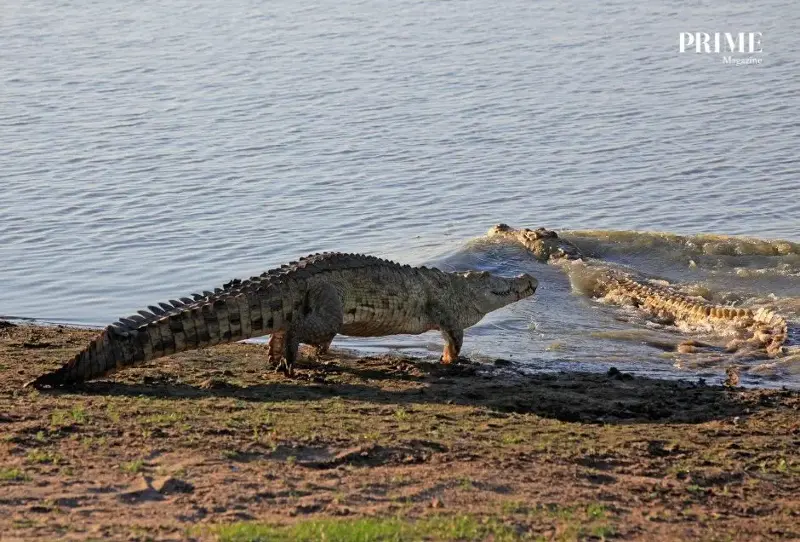
Nile Crocodile, Selous Game Reserve, Tanzanie
This vast protected area combines river, woodland and savannah landscapes. Highlights include:
-
Boat safaris on the Rufiji River
-
Walking safaris with experienced guides
-
Strong chances to see hippos, crocodiles and diverse birdlife

Hippopotamus, Selous Game Reserve, Tanzania
These southern parks are excellent if you want Tanzania ecotourism with more solitude and a deeper sense of wilderness.
3. Western Circuit: Remote and Remarkable
The Western Circuit is harder to reach but appeals to travellers who love off-the-beaten-path experiences.
Katavi National Park
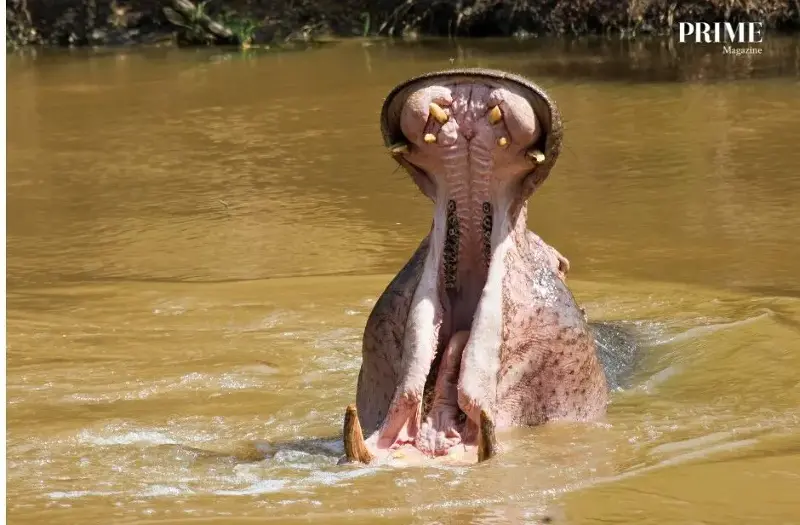
Hippo with open mouth in Katavi National Park
Katavi offers large concentrations of hippos, crocodiles and buffalo, especially towards the end of the dry season, when animals gather around shrinking water sources.
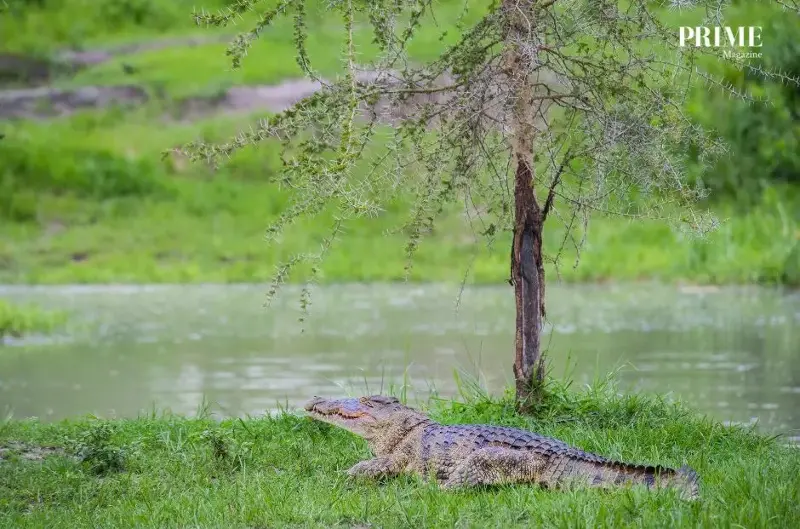
Nile crocodile at a small river in Katavi National Park, Tanzania
Gombe and Mahale Mountains National Parks
These remote parks on the shores of Lake Tanganyika are famous for chimpanzee trekking. Travellers can hike through forested hills to observe chimpanzee families in their natural habitat, guided by trackers who understand both the terrain and the animals’ behaviour.
How Tanzania Ecotourism Supports Communities
A core part of Tanzania ecotourism is community involvement. Many lodges and camps:
-
Employ local staff in guiding, hospitality and logistics
-
Partner with villages on land-use agreements
-
Support schools, clinics and clean water projects
-
Encourage cultural visits where travellers can learn respectfully about local traditions
Some conservation areas, such as Ngorongoro, are specifically designed to allow both people and wildlife to share the landscape. When you stay at community-friendly lodges or book with responsible operators, your safari directly contributes to these initiatives.
Travelling Responsibly on Safari
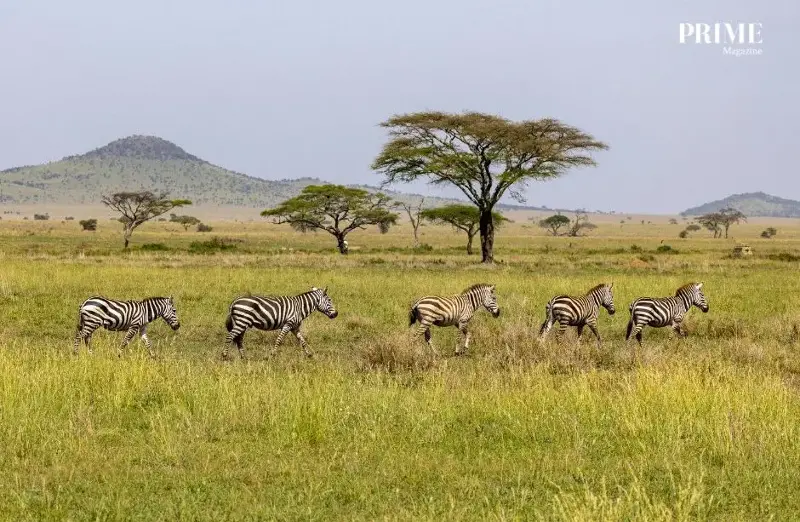
Zebras, Selous Game Reserve, Tanzania
Safari travel can be life-changing, especially when it is done with care. To support Tanzania ecotourism, keep these principles in mind:
-
Choose reputable safari companies that respect park rules and wildlife.
-
Keep a safe distance from animals — never ask drivers to get too close.
-
Avoid off-road driving except where clearly allowed, as it can damage vegetation and disturb wildlife.
-
Limit plastic use by bringing a reusable bottle and avoiding single-use items.
-
Respect local culture by asking before taking photos of people and dressing modestly in rural areas.
-
Tip fairly where appropriate, as staff depend on tourism income.
These simple habits help ensure safaris remain sustainable for years to come.
When to Visit Tanzania for Ecotourism
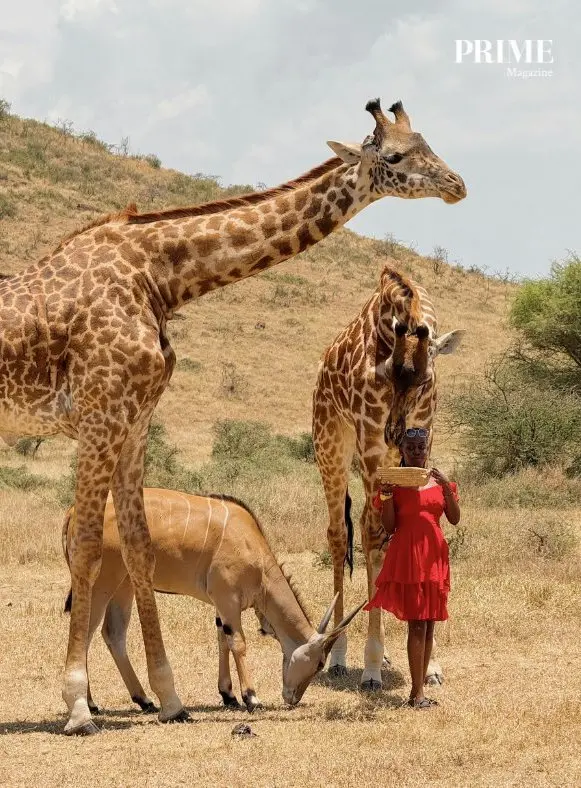
Wildlife Interaction in Kilimanjaro, Tanzania
Tanzania can be visited year-round, but the dry season from about June to October is generally considered best for wildlife viewing. Animals gather around water sources, and vegetation is less dense, making sightings easier.
For the Great Migration, timing depends on which part of the journey you want to see:
-
Calving season (around Jan–Mar): Southern Serengeti
-
River crossings (roughly Jun–Aug): Western and Northern Serengeti
Weather and wildlife patterns can vary slightly year to year, so it is helpful to discuss timing with a safari specialist.
From Singapore, travellers typically fly with at least one or two transits via hubs such as Doha, Dubai, or major European cities, then onward to Kilimanjaro International Airport or Dar es Salaam.
Why Tanzania Ecotourism Matters for the Future
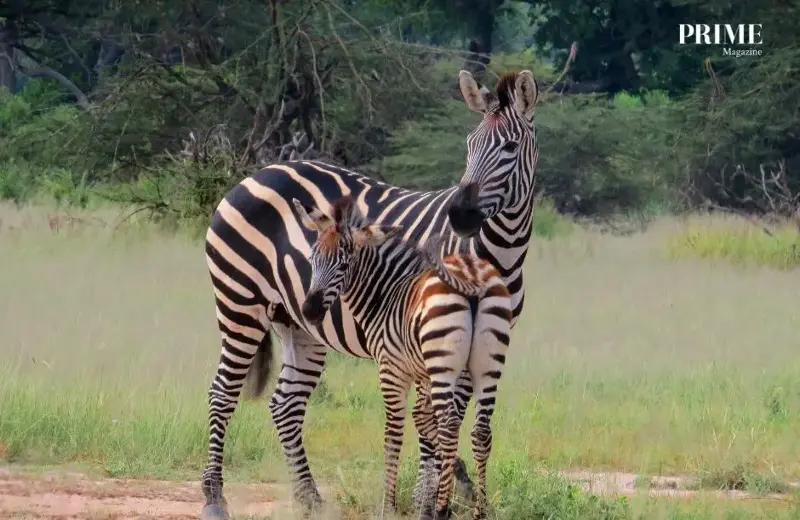
Zebra in the Ruaha National Park
Tanzania holds some of the last big, intact ecosystems where large mammals still roam freely across vast landscapes. Tanzania ecotourism plays a crucial role in keeping these ecosystems alive. It funds anti-poaching work, supports community livelihoods and shows the world that wildlife is worth more alive than as a resource to be exploited.
For travellers, a safari in Tanzania can be both humbling and inspiring. It offers:
-
A close look at Earth’s natural rhythms
-
A deeper understanding of conservation challenges
-
The chance to contribute to real-world solutions through responsible travel
By choosing ethical operators and respecting the land, every visitor can help ensure that future generations will still be able to witness these incredible scenes of wild Africa.
This is Part 6 of the Prime.sg Ecotourism Series. The next and final chapter will help readers choose the eco-destination that best fits their travel style.
